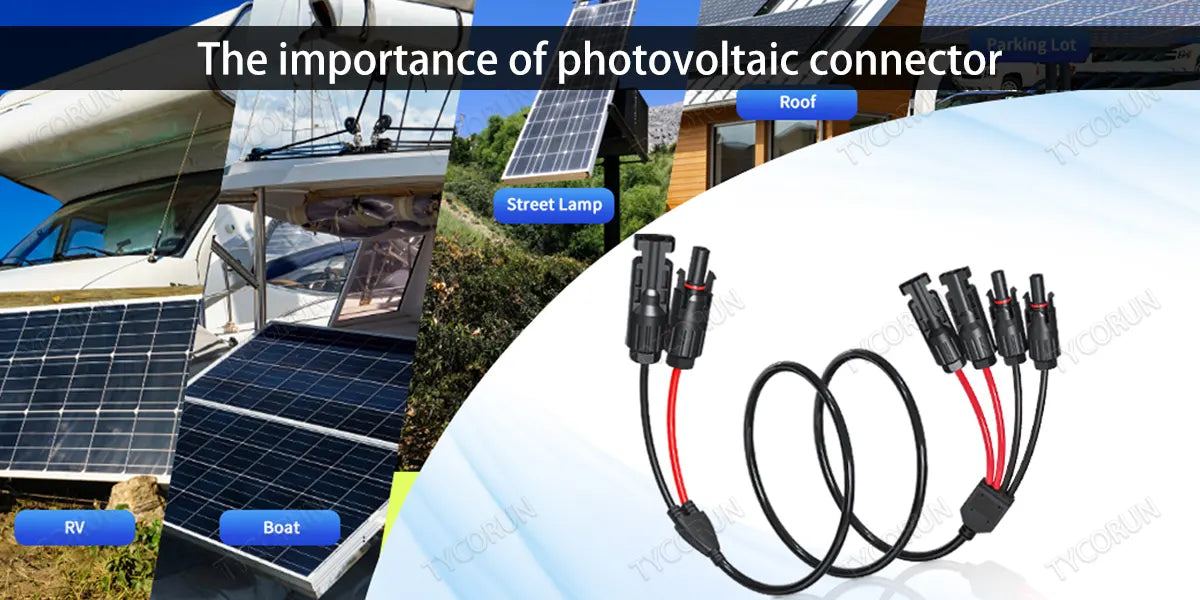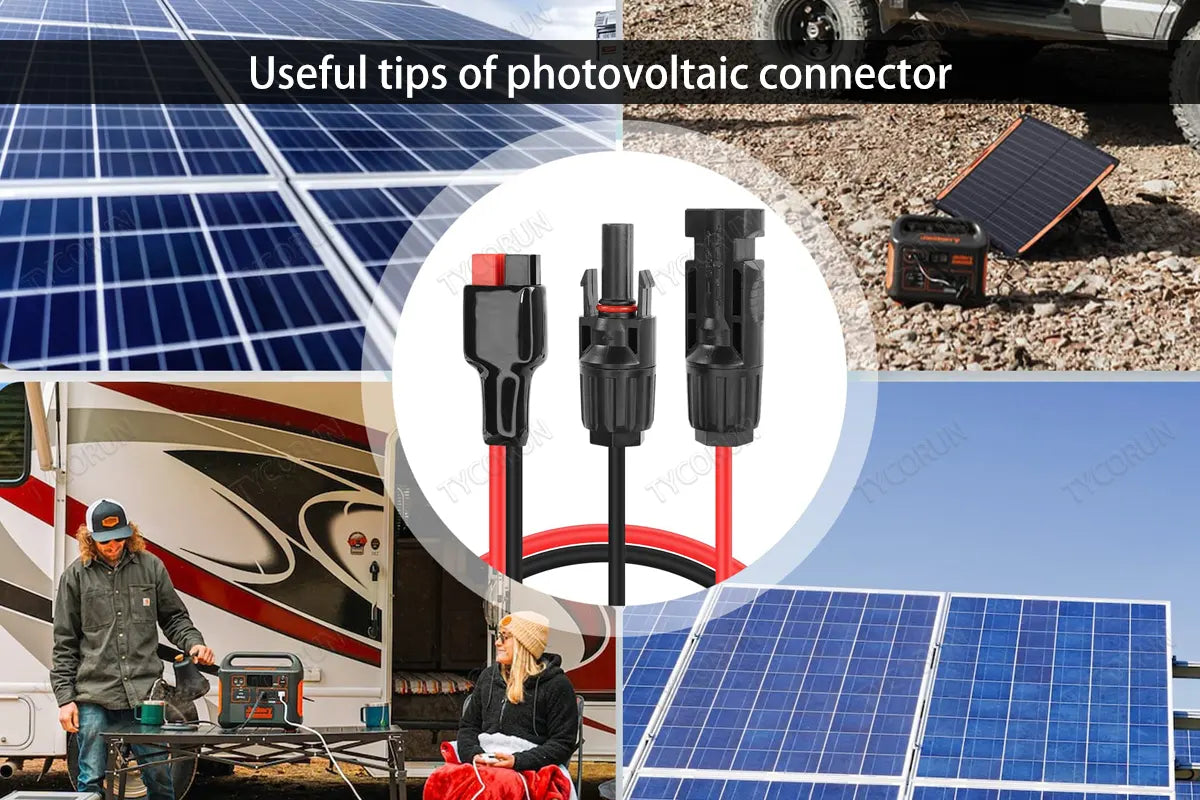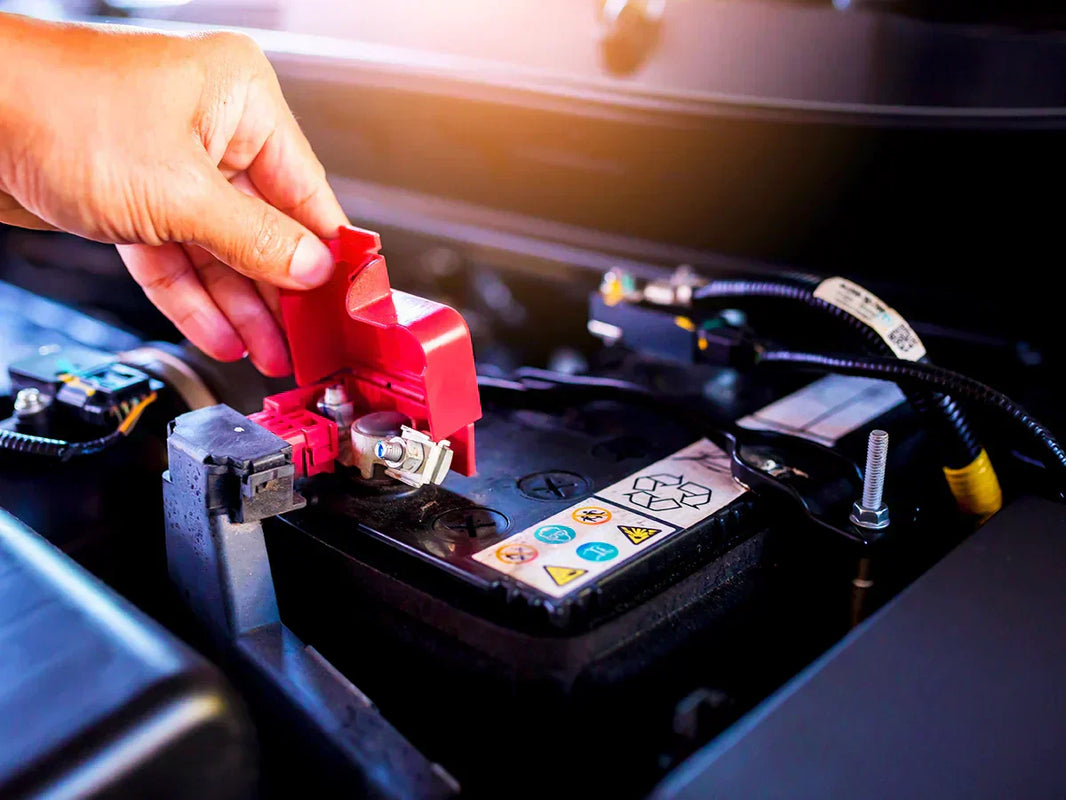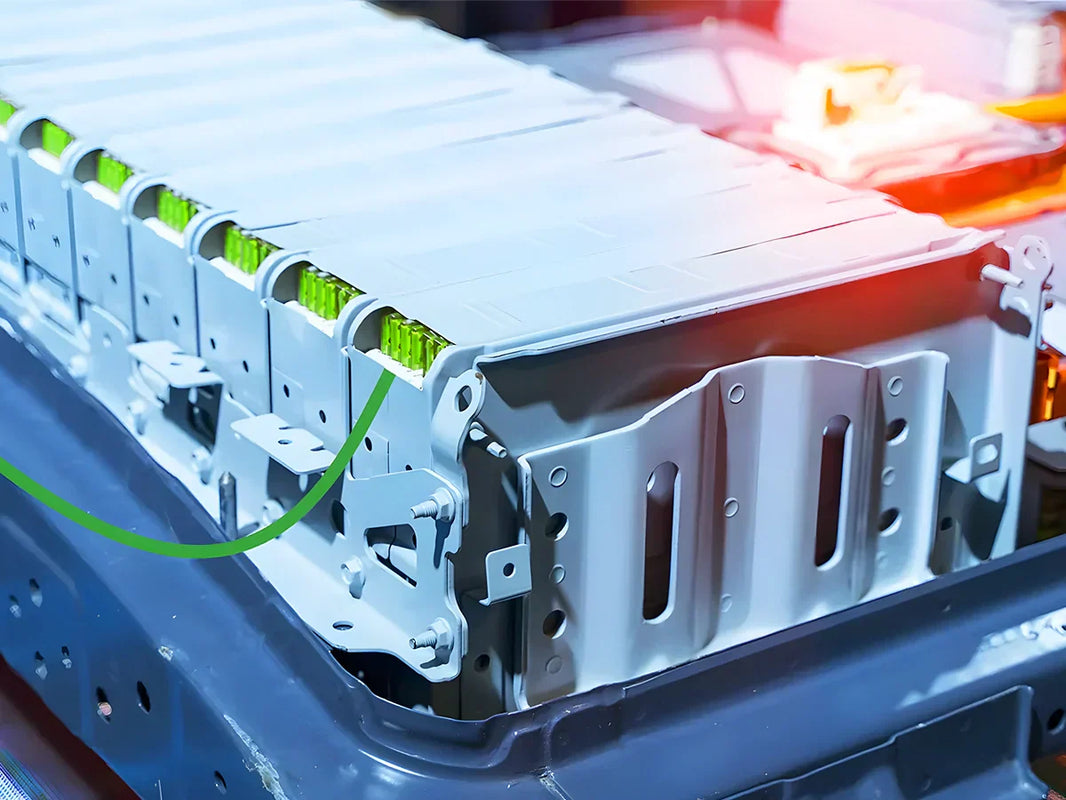
Photovoltaic connector, or MC4, also called H4, is mainly used for the connection of junction boxes, convergence boxes, solar modules and solar inverters such as 1000w inverter or 3000w inverter.
In a photovoltaic system, photovoltaic connector only accounts for a little part, but if you do not pay attention to the selection, processing and consideration of compatibility, it is very easy to fail. According to statistics, among various failures in power stations, the loss of power generation caused by photovoltaic connector damage or burnout ranks second, which shows the importance of photovoltaic connector.
This article will provide you with a comprehensive introduction to photovoltaic connector, including some of the considerations when connecting the inverter, for your reference.
Main content:
1. The importance of photovoltaic connector
The first connector standard in the photovoltaic industry was 2PfG1161 launched by TÜV Rheinland in 2004, and IEC 62852 was formed in 2014. The current standard applicable to the industry is IEC 62852:2014+A1 (2020). International standards bring norms to the industry and ensure the safety and reliability of products in terminal applications.
In addition to international standards, various countries or regions also have locally recognized industry standards, such as UL 6703 in North America, JET in Japan, “GB/T 33765-2017 DC Connectors for Ground Photovoltaic Systems” in China, etc. The standard has clear requirements for the insulation strength, electrical clearance, IP protection level, and safety performance of photovoltaic connector, but there are no clear requirements for the appearance structure or LFP battery size.
In the entire photovoltaic power station, the DC side voltage is usually high as 600-1000V. Once the photovoltaic module joint contacts are loose and the connection is poor, it can easily cause DC arcing. DC arcing will cause the temperature of the contact part to rise sharply. Continuous arcing will produce high temperatures of 1000-3000℃, accompanied by high-temperature carbonization of surrounding devices. In the worst case, the fuses and cables may be blown, and the equipment may be burned and cause a fire.
There are many kinds of photovoltaic connector failures. The quality of the photovoltaic connector itself is the biggest factor, followed by the interconnection of connectors of different brands, or the processing is not done well.
Problems caused by photovoltaic connector include: increased contact resistance, connector heating, shortened service life, connector burnout, string power outage, junction box failure, component leakage, etc., causing the system to fail to work properly and affecting power generation efficiency.

2. Inter-matching of different brands of Photovoltaic connector
In principle, connectors of the same brand and model must be used for interconnection. Each inverter basically comes with the same number of photovoltaic connectors, be sure to use the matching connectors for installation. As long as it is installed correctly, there will generally be no problems with the connections on the inverter side.
Modules generally have a certain length of cable left. Normal installation does not require additional photovoltaic connectors. However, due to the increase in module size in recent years, there are two types of module installation: horizontal and vertical. In order to save costs, the default reserved length are usually based on the length of the vertical row, and the cables are relatively short, if the design is horizontal row, you need to extend the cable. In this case, additional photovoltaic connectors are needed.
Because there are many different brands of photovoltaic connector on the market, and component manufacturers do not provide matching ones. The best way is to buy photovoltaic connectors of the same brand as the components. The second is to cut off the connectors at the end of the string and replace them with connectors of the same brand and model.
If it must be used for mutual plugging, cut off one of the groups and plug it into the photovoltaic connector you purchased. If the plugging and unplugging are smooth, blow air on the plugged connector. If there is air leakage, it means the products cannot be plugged into each other. Then use a multimeter to check whether the photovoltaic connector is connected to each other. If there is an open circuit, it cannot be used. Poor contact or water leakage due to inter-compatibility issues is also one of the causes of fire accidents.

3. Useful tips of photovoltaic connector
① Differences in dimensions of different connectors
Why is it not recommended to use connectors of different brands together? The main reason is that there is a problem with the positive and negative tolerances of each manufacturer, and there is no guarantee that they can all match each other. But if two connectors of different brands have interoperability test reports, they can be used together.
② Waterproof performance of the connector
This problem is a problem caused by connector selection. Usually people don’t pay much attention to the waterproof performance of the connector. However, in fact, although the problem of substandard waterproof performance of the positive O-ring and the tail T-ring of the connector may not cause an accident in a short period of time, but if it happens to be a rainy season and the connector is soaked in rain under certain circumstances, high-voltage direct current will form a loop with the earth, causing leakage and electric shock accidents.
There are prerequisites for the waterproof IP67 of photovoltaic connector, which must be matched with photovoltaic cables of corresponding sizes. For example, the conventional Stäubli MC4 has three different sizes of 5~6mm, 5.5~7.4mm, and 5.9~8.8mm. If the outer diameter of the cable is 5.5mm, the Stäubli connectors will generally not cause a problem, but if someone chooses the 5.9-8.8mm MC4, the risk of leakage accidents will still exist.

③ Use environment of photovoltaic connector
Most people believe that the conductive parts of photovoltaic cables and photovoltaic connector are wrapped in other materials, and many photovoltaic connectors claim to be waterproof. In fact, waterproofing does not mean that it can be immersed in water for a long time. Photovoltaic connector IP67 refers to immersing the pre-installed photovoltaic connector with wires in water, with the top 0.15~1 meter away from the water surface for 30 minutes, and the performance will not be affected.
Photovoltaic cables currently on the market can also be soaked in water for a short period of time. For example, if they are sprayed with water for a short period of time, water will accumulate. However, the water should not accumulate for too long. It must flow quickly and be ventilated and dried. If the photovoltaic cable is buried in a swamp area, due to long-term soaking in water, the photovoltaic cable may also cause arcing and burning due to water penetration.
Photovoltaic cables laid through pipes are more likely to cause fires because water accumulates in PVC pipes for a long time. If you need to use PVC pipe casing for laying, remember to keep the nozzle of the PVC pipe downward, or drill some holes at the lowest water level of the PVC pipe to prevent water accumulation.

④ The cable is damaged or excessively bent
Scratching the cable skin will greatly reduce the cable's insulation performance and weather resistance. During construction, it is common for cables to be bent. The standard stipulates that the minimum bending diameter must be greater than 4 times the cable diameter. The diameter of a 4-square-meter photovoltaic cable is about 6MM. Therefore, the arc diameter at the bend must not be less than 24MM.
The conditions that cause any point in the photovoltaic string circuit to be grounded or to form a path with the bridge are relatively complicated, including long-term soaking of photovoltaic cables in water, photovoltaic connector on extension lines, cable surface damage during construction, and cables being bitten by mice during use, or lightning breakdown, etc.
⑤ Irregular crimping of photovoltaic connector
Irregular crimping of photovoltaic connector ("crimping" is a process in which metal joints are heated by friction or explosion and pressure is applied to achieve joints.) is mainly due to the gap between on-site tools and operating experience, resulting in poor crimping quality. The main problem is that the copper wire of the cable is bent, part of the copper wire is not crimped, and the crimped part is the cable insulation layer.
When it comes to the crimping process, we also need to pay attention to the wire stripping process. The standard has strict regulations on the number of copper wires to be cut during wire stripping. If too many copper wires are cut, it will affect the crimping and flow quality, resulting in a higher temperature rise. It is recommended that qualified installers purchase professional tools, and provide corresponding training to on-site installation personnel, so as to set up mechanism for random inspections.
Related posts: global top 10 best solar inverter brands, top 5 best car inverter brands in South Korea, top 10 best inverter brands in India
















